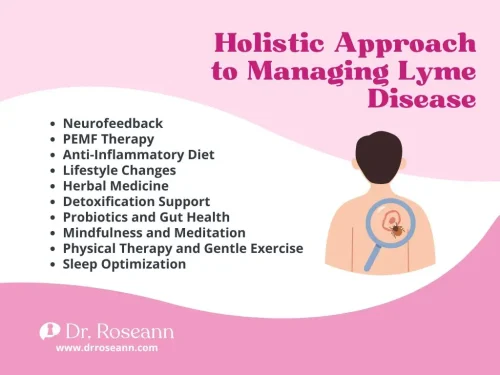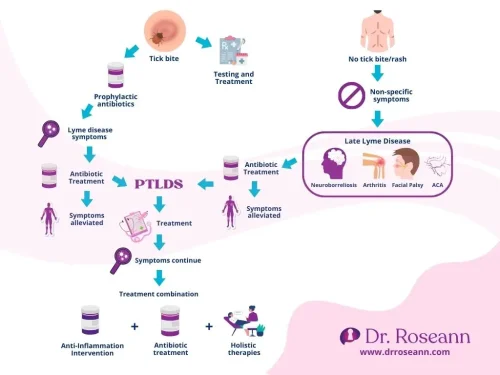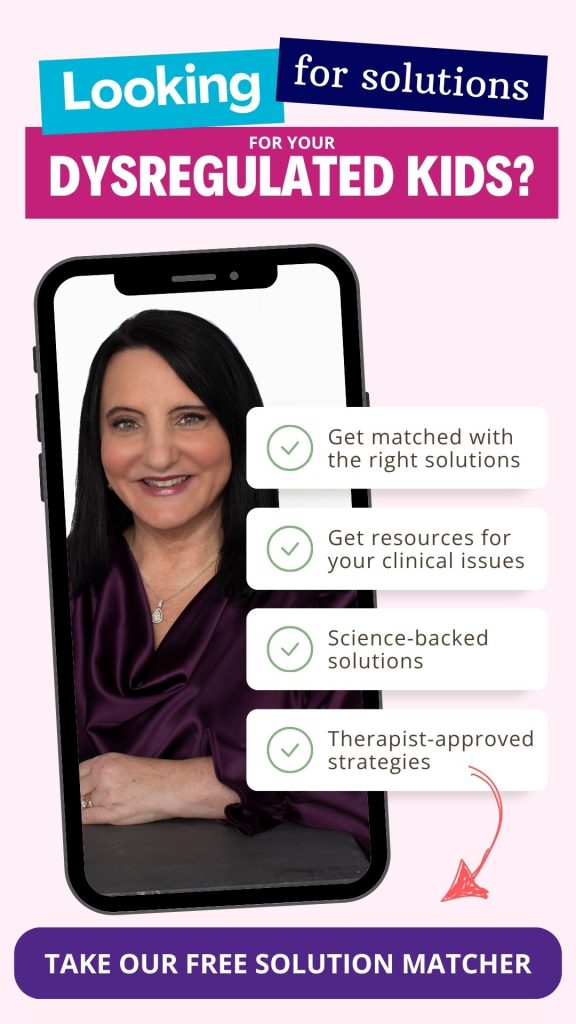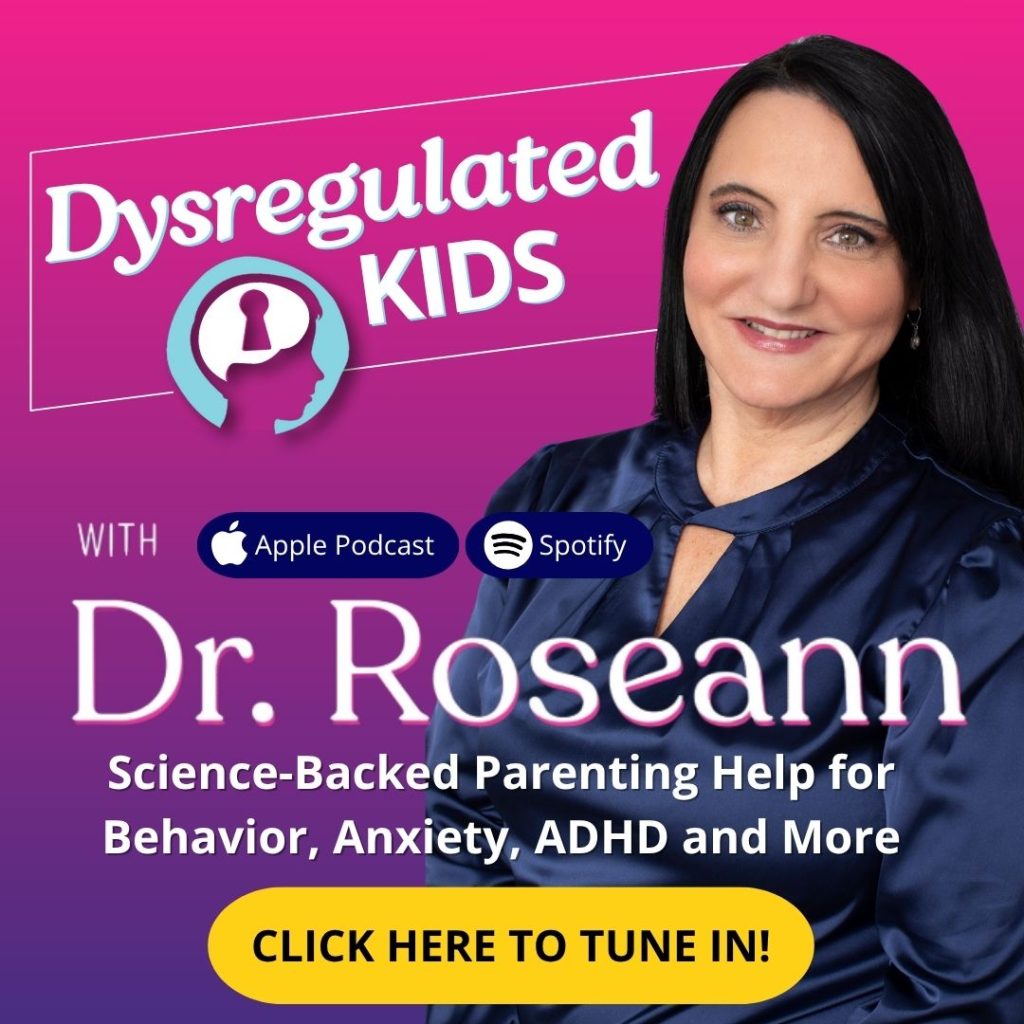Lyme disease isn’t new—but the number of kids and adults getting diagnosed has jumped big time. The CDC reported a 69% rise in cases back in 2022, and numbers have only kept climbing.
In 2024, Lyme disease remained highly prevalent in the U.S., especially in the Northeast and Midwest. An estimated 476,000 people are diagnosed and treated each year, including both confirmed and probable cases.
So, what’s going on?
- Ticks are spreading. Thanks to climate change and more people living near wooded areas, ticks have more places to live—and more people to bite.
- We’re paying better attention. Doctors are now more aware of Lyme, so more kids are being properly diagnosed.
- Reporting has improved. Better tracking means the numbers finally reflect what families have been seeing for years.
It’s not your imagination—Lyme is on the rise, and more families are being affected. But awareness is power. We need to understand Lyme disease more in order to protect our kids.
What Are the Early Signs of Lyme Disease in Children?
Catching Lyme early makes a big difference, but in children the signs can be subtle and easy to miss.
Here’s what to look out for:
- Bullseye rash: It’s the well-known Lyme symptom but doesn’t show up in every case.
- Flu-like symptoms: Fever, chills, low energy or body aches that don’t seem to match a regular virus.
- Joint pain: Kids may complain their knees or other large joints hurt, even if they didn’t fall or get hurt.
- Headaches or a stiff neck: This can be an early sign of inflammation affecting the nervous system.
If your child just isn’t acting like themselves after being outdoors or recovering from illness, and especially if you suspect a tick bite, it’s worth getting checked. With Lyme, early treatment really matters.
Does Lyme Disease Affect a Child’s Mood and Behavior?
Absolutely. Lyme isn’t just a physical illness, it can affect the brain too. And for some kids, it shows up as sudden emotional or behavioral changes that feel confusing and hard to explain.
Here’s what you might see:
- Mood swings or irritability
They’re suddenly snapping at you or melting down over small things. - Anxiety or depression
Your child seems more fearful, sad, or withdrawn — and you just know something’s off. - Cognitive struggles
They can’t focus like they used to. School becomes harder. Memory slips. - Defiance or aggression
They’re more oppositional or reactive than usual, and it feels out of character.
A Real Parent Story:
A mother (one of our clients) noticed her 10-year-old son Ben wasn’t himself anymore. He was once bubbly and upbeat, but now, he was anxious, irritable, and pulling away from everyone. After months of trying therapy and getting nowhere, a doctor finally ran a Lyme test. It came back positive. Once Ben got the right treatment, his behavior slowly started to shift back.
What This Means for You:
When your child’s behavior suddenly changes, it’s not always “just a phase.” Lyme disease can be behind these big emotional and cognitive shifts. Trust your gut. Keep asking questions. And get curious about the medical root causes.
How Is Lyme Disease Treated in Children?
Treatment typically involves a course of antibiotics but the type and how long your child needs them depends on their age and how far the Lyme has progressed.
Standard Treatment Protocols:
- Children Under 8 Years: Amoxicillin is commonly prescribed.
- Children Over 8 Years: Doxycycline is often used.
- Duration: Typically 10–14 days, but may be extended in certain cases.
Note: Early treatment increases the likelihood of full recovery and reduces the risk of long-term complications.
How Can Nervous System Regulation Support Lyme Recovery?
When the nervous system stays in a chronic stress response, healing can stall. Many kids with Lyme struggle with dysregulation even after the infection has cleared.
Getting better from Lyme isn’t just about killing the bacteria, your child’s brain and body need support to fully recover. These tools can help:
- Neurofeedback – Trains the brain to feel calmer and think more clearly
- PEMF therapy (like CALM PEMF®) – Helps soothe the nervous system and repair on a cellular level
- Breathwork – Simple breathing techniques can calm the brain and reset the stress response
- Supplements – Nutrients like magnesium, Omega-3s, and adaptogens help support mood and immune health
- Therapies – Somatic therapy, sensory-based OT, or trauma-informed talk therapy give the brain and body tools to release stress
Antibiotics are just the beginning. Helping your child’s nervous system reset is what gets them thriving again.

Why Do Some Kids Struggle With Post-Treatment Lyme Disease Syndrome (PTLDS)?
Sometimes, even after antibiotics, kids still don’t bounce back. They might keep struggling with things like:
- Ongoing fatigue
- Brain fog or trouble focusing
- Trouble sleeping
- Mood swings or emotional ups and downs
- Headaches
- Achy joints or muscles
This is called Post-Treatment Lyme Disease Syndrome (PTLDS) and it’s more common than most realize.
Why does this happen?
Doctors don’t fully agree, but it may be linked to leftover inflammation or an overworked immune system. It’s not usually an active infection, but that’s still being studied. Kids with other infections, immune issues, or neurological differences might be more at risk.

What’s Next in Lyme Disease Treatment?
To solve these challenges, A 2024 study published in Frontiers of Microbiology (Zafar et al., 2024) highlights scientists exploring new strategies and treatments, including:
- Combining Antibiotics: Researchers are exploring combinations of current antibiotics to see if pairing them up is more effective at hitting Borrelia from multiple angles.
- Alternative Antimicrobials: Non-traditional treatments like antimicrobial herbs are getting attention, and while they’re not universally accepted yet, studies are testing their effectiveness.
- Vaccines: For prevention, vaccine candidates like VLA15 are undergoing clinical trials. If successful, they could protect against Lyme, especially for people living in high-risk areas.
Combining antibiotics with alternative treatments, like acupuncture or anti-inflammatory agents, may offer relief for people with ongoing symptoms after Lyme disease treatment. This approach could help manage severe symptoms and improve the quality of life for those who continue to struggle with Lyme-related issues even after antibiotics.
Lyme disease can be tricky to spot and even harder to recover from when it lingers. But knowing what to look for, understanding how it affects your child’s brain and behavior, and using tools to calm the nervous system can make all the difference. You don’t have to navigate this alone.
Let’s calm the brain first. And always remember, it’s gonna be OK.
Parent Action Steps
Frequently Asked Questions
What is the “bullseye” rash?
The “bullseye” rash, or erythema migrans, is a circular red rash that may appear at the site of a tick bite. It is a common early sign of Lyme disease but is not present in all cases.
Can Lyme disease cause long-term issues in children?
Yes, if left untreated, Lyme disease can lead to chronic joint inflammation, neurological problems, and cognitive difficulties.
Is Lyme disease contagious?
No, Lyme disease is not spread from person to person. It is transmitted through the bite of infected black-legged ticks.
How soon after a tick bite do symptoms appear?
Symptoms can appear anywhere from 3 to 30 days after a tick bite. Early signs include fever, chills, headache, fatigue, muscle and joint aches, and swollen lymph nodes.
Should I keep the tick for testing?
Yes, if possible, save the tick in a sealed container. This can help healthcare providers determine the risk of disease transmission.
Citations:
- Centers for Disease Control and Prevention. (2023). Lyme Disease Treatment. https://www.cdc.gov/lyme/treatment/index.html
- Cedars-Sinai. (n.d.). Lyme Disease in Children. https://www.cedars-sinai.org/health-library/diseases-and-conditions—pediatrics/l/lyme-disease-in-children.html
- Cameron, D. (2020). Oppositional Behavior in Children With Lyme Disease. https://danielcameronmd.com/oppositional-behavior-in-children-with-lyme-disease
- Zafar, K., Azuama, O., and Parveen, N. 2024. Current and emerging approaches for eliminating Borrelia burgdorferi and alleviating persistent Lyme disease symptoms. Front. Microbiol (15). https://doi.org/10.3389/fmicb.2024.1259202.
Dr. Roseann is a mental health expert in Neurodivergence who is frequently in the media:
- Living with Lyme (Podcast) Neurofeedback and biofeedback for PANS/PANDA
- Parenting Prism Podcast Understanding Lyme Disease
- The Mack Talks Podcast Topic: Fighting the Stigma on Mental Health & Lyme Disease with Dr. Roseann
Always remember… “Calm Brain, Happy Family™”
Disclaimer: This article is not intended to give health advice and it is recommended to consult with a physician before beginning any new wellness regime. *The effectiveness of diagnosis and treatment vary by patient and condition. Dr. Roseann Capanna-Hodge, LLC does not guarantee certain results.
Are you looking for SOLUTIONS for your struggling child or teen?
Dr. Roseann and her team are all about science-backed solutions, so you are in the right place!











